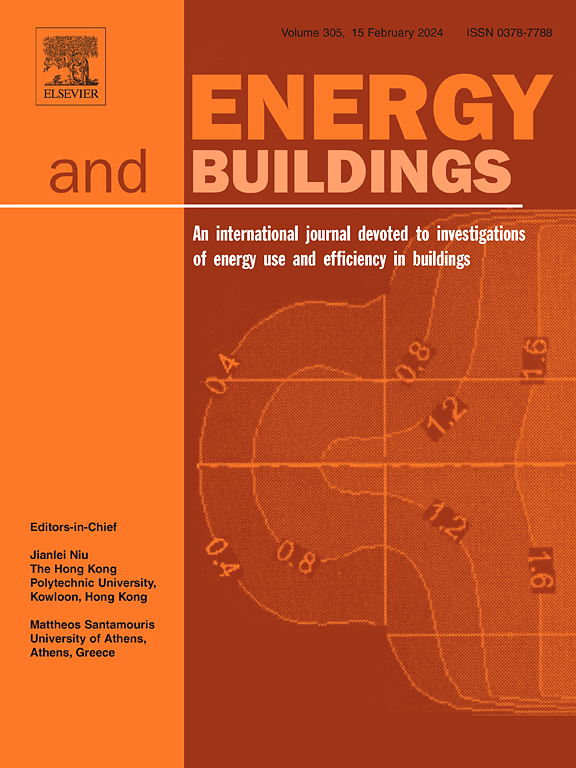Performance evaluation and development of prefabricated insulation elements for renovation of apartment buildings with autoclaved aerated concrete external walls
IF 6.6
2区 工程技术
Q1 CONSTRUCTION & BUILDING TECHNOLOGY
引用次数: 0
Abstract
The nearly zero energy buildings (nZEB) require foremost that the heat losses of buildings should be reduced significantly in the coming years compared to the present levels. The efficient way to meet these requirements is to renovate apartment and public buildings on an industrial scale with prefabricated insulation elements for the major renovation. The current study presents the design and testing of an innovative building retrofit strategy using prefabricated insulation elements. We show successful implementations and lessons learned from the deep retrofitting of the external wall of a three-story apartment building in Estonia. The building, constructed using autoclaved aerated concrete (AAC) panels, underwent a thorough energy renovation process using prefabricated timber-frame insulation elements. Hygrothermal performance was designed, long-term performance was measured, and the simulation model was calibrated with test elements in 2020 and in the renovated building in 2021–2022, in the different critical spots of the external envelope. A series of combinations with insulation elements were analyzed, using building performance simulation software to compare risks and the main hygrothermal properties. The analysis indicated that thermal resistance and water vapor permeability of the wind barrier layer and the performance, presence, or absence of the vapor control layer had the strongest influence on the moisture content and drying (and therefore the risk of mold growth) at the critical points of the insulated exterior wall. An air and vapor control layer with moderate and varying water vapor resistance (Sd ≤ 0.5 m at RH > 85 %) is suggested. It was shown that the critical initial moisture content of the AAC panel exterior layer could reach the level up to w = 65 kg/m3 (u = 0.07 kg/kg) in cold and humid climate conditions, which will dry out in 1–2 years after the installation of prefabricated elements, depending on materials used
求助全文
约1分钟内获得全文
求助全文
来源期刊

Energy and Buildings
工程技术-工程:土木
CiteScore
12.70
自引率
11.90%
发文量
863
审稿时长
38 days
期刊介绍:
An international journal devoted to investigations of energy use and efficiency in buildings
Energy and Buildings is an international journal publishing articles with explicit links to energy use in buildings. The aim is to present new research results, and new proven practice aimed at reducing the energy needs of a building and improving indoor environment quality.
 求助内容:
求助内容: 应助结果提醒方式:
应助结果提醒方式:


